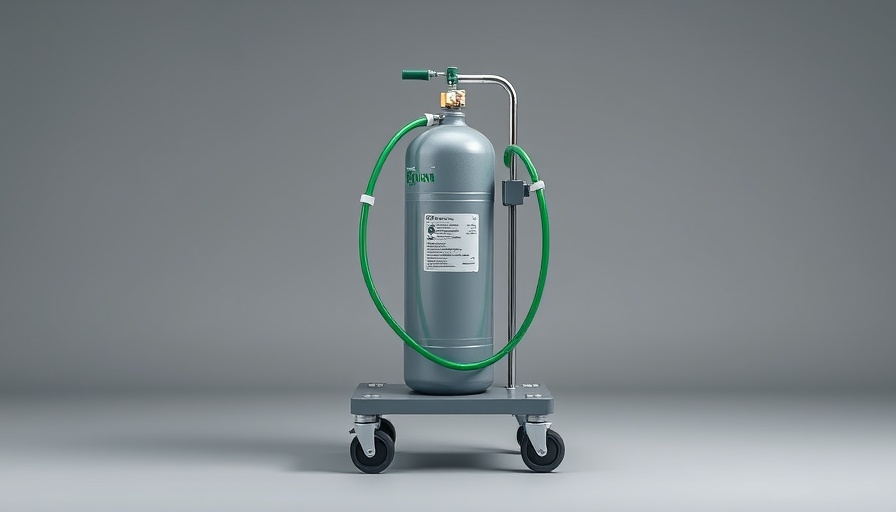
Breathing Easier: Understanding Oxygen Use at Home
oxygen at home can feel a bit overwhelming, but it’s a vital lifeline for many people. If you or someone you love depends on supplemental oxygen, it's crucial to know how to use it safely and effectively. Here are some friendly tips to help you.
What You Need to Know About Oxygen
Oxygen is a powerful tool for improving health, especially for those with respiratory conditions. However, it’s important to remember that oxygen is highly flammable, so safety precautions are a must. Always keep oxygen tanks in a well-ventilated area, away from heat sources, and never smoke around oxygen equipment.
How to Store Your Oxygen Safely
Storage isn't just about where you keep the tank; it also involves checking the equipment regularly. Ensure that your oxygen tanks are upright and secured to prevent them from falling over. Regularly inspect hoses and connectors for wear and tear to avoid leaks.
Proper Usage Guidelines
When using oxygen, make sure you're following the guidelines provided by your healthcare provider. This usually includes information on how many liters per minute you should be using. Do not adjust the flow without talking to your doctor first!
Emergency Preparedness
If power outages occur, especially with electrical oxygen concentrators, have backup tanks ready. It’s also helpful to have a plan in place should an emergency arise, ensuring that family members know how to assist.
In Closing
Using oxygen at home can vastly improve your quality of life, as long as you commit to doing so safely. Remember to educate others involved in your care and follow the guidelines from your healthcare team. With the right precautions, you can breathe easier and enjoy your time at home.
Disclaimer: The information provided on this website is for general informational purposes only and should not be considered medical advice, diagnosis, or treatment. Always consult a qualified healthcare professional before making any decisions or taking actions related to your health, including but not limited to medical conditions, treatments, diets, supplements, or exercise programs. The content on this site is not intended to replace professional medical guidance. The website and its authors are not responsible for any actions taken based on the information provided.
 Add Row
Add Row  Add
Add 




 Add Row
Add Row  Add
Add 

Write A Comment